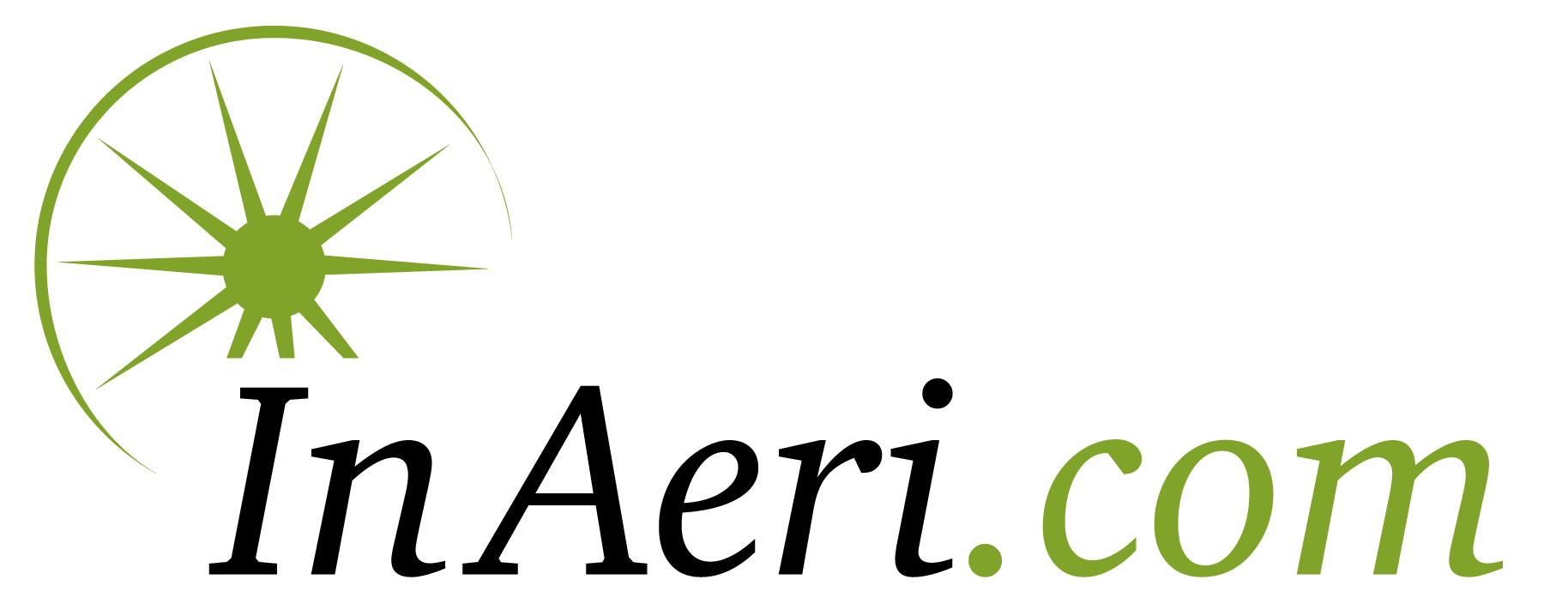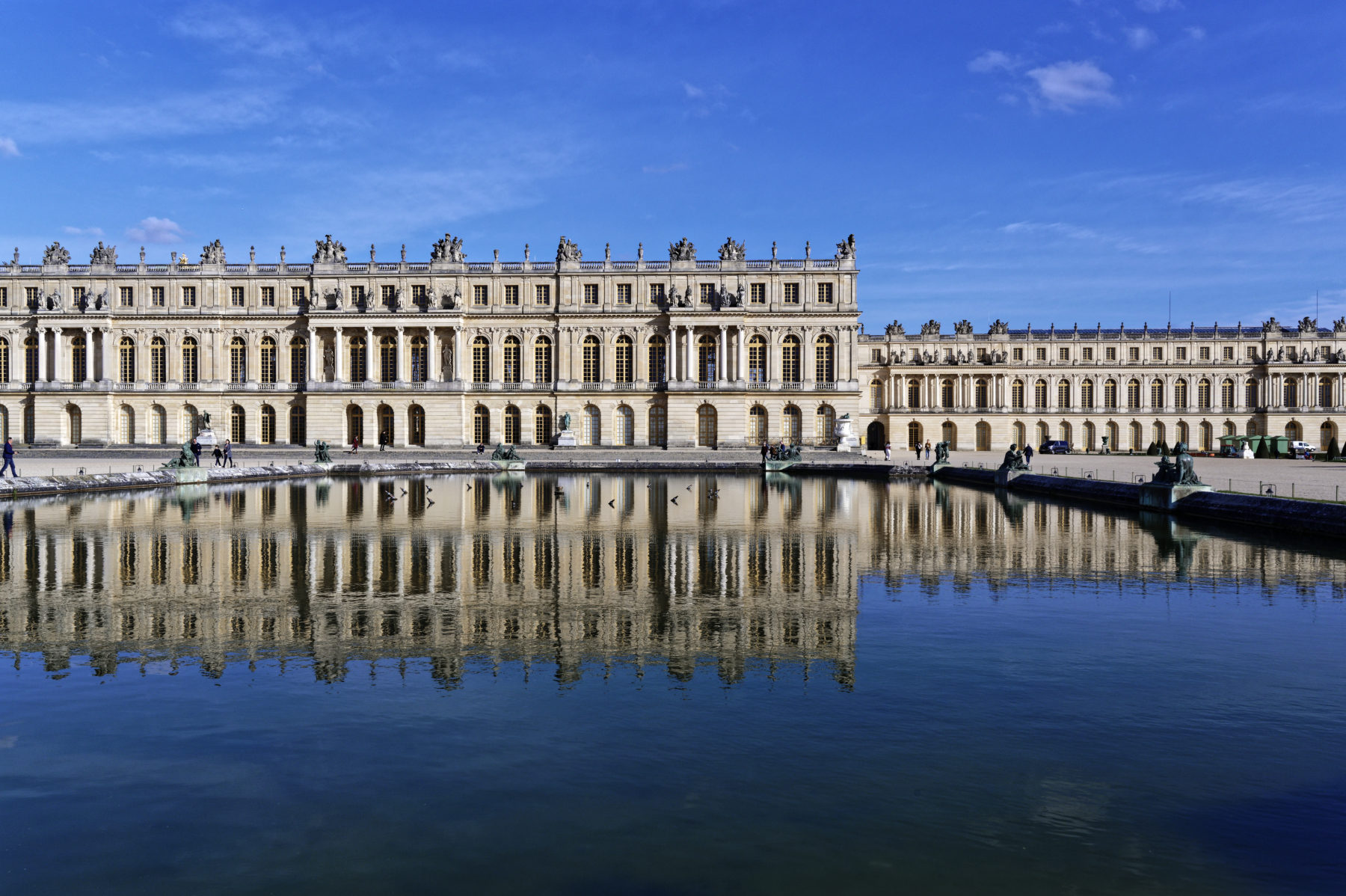How to return from the Palace of Versailles by train
After a beautiful visit to the Palace of Versailles, getting back to Paris is very easy by train. There are three train stations in Versailles, but we recommend just one, especially if you’re not comfortable with Paris public transport.
🟢 Versailles Château Rive Gauche Station (recommended)
This is the closest station to the palace (about a 5-minute walk) and the easiest to use.
- Line: RER C
- Direction: Paris (the train starts at this station, so you can’t get on in the wrong direction)
- Frequency: every 15–20 minutes
- Duration: 35 to 40 minutes to central Paris
The RER C crosses Paris from west to east, following the Seine. Several stops offer connections with the Paris metro.
Here are the main stops in Paris from Versailles:
- Pont du Garigliano
- Javel
- Champ de Mars – Tour Eiffel
- Pont de l’Alma
- Invalides
- Musée d’Orsay
- Saint-Michel Notre-Dame
- Gare d’Austerlitz
- Bibliothèque François Mitterrand
➡️ This is the easiest and most tourist-friendly way to return to Paris, even if you don’t speak French or have never taken a train before.
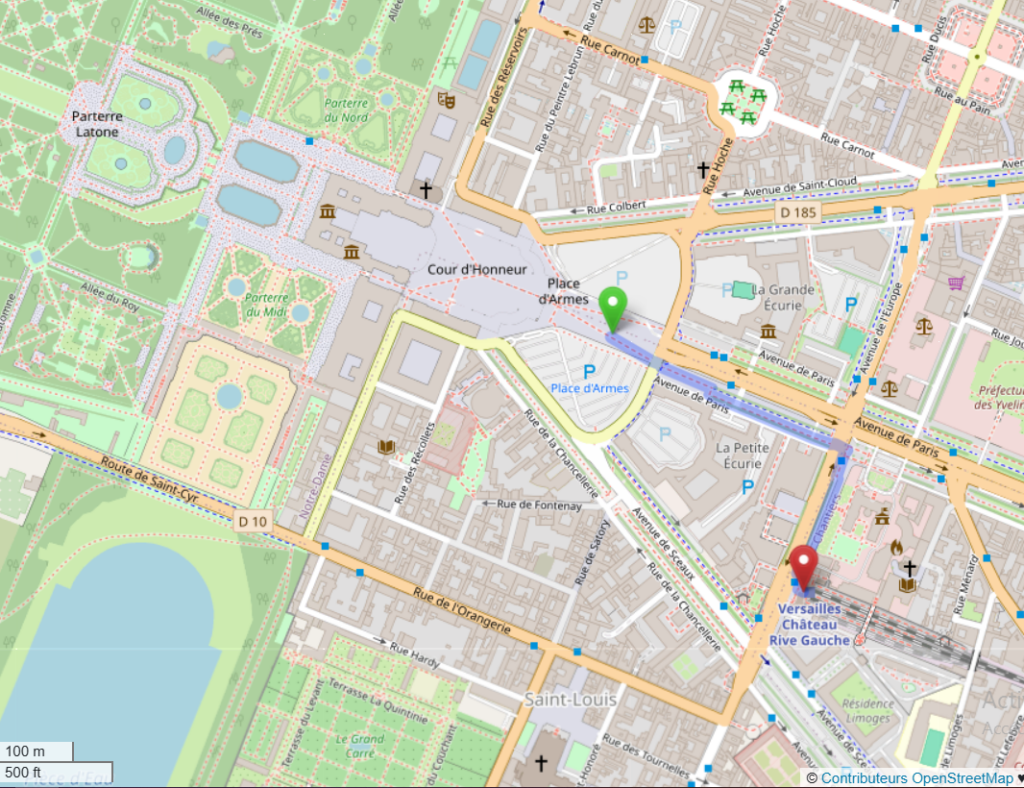
🟡 Versailles Rive Droite Station
This station is a bit farther from the palace (about 15–20 minutes on foot), but still easy to use.
- Line: Line L
- Direction: Paris Saint-Lazare
- Arrival: Gare Saint-Lazare, a major Paris train station with many metro connections
➡️ A good option for travelers who are more comfortable using public transport.
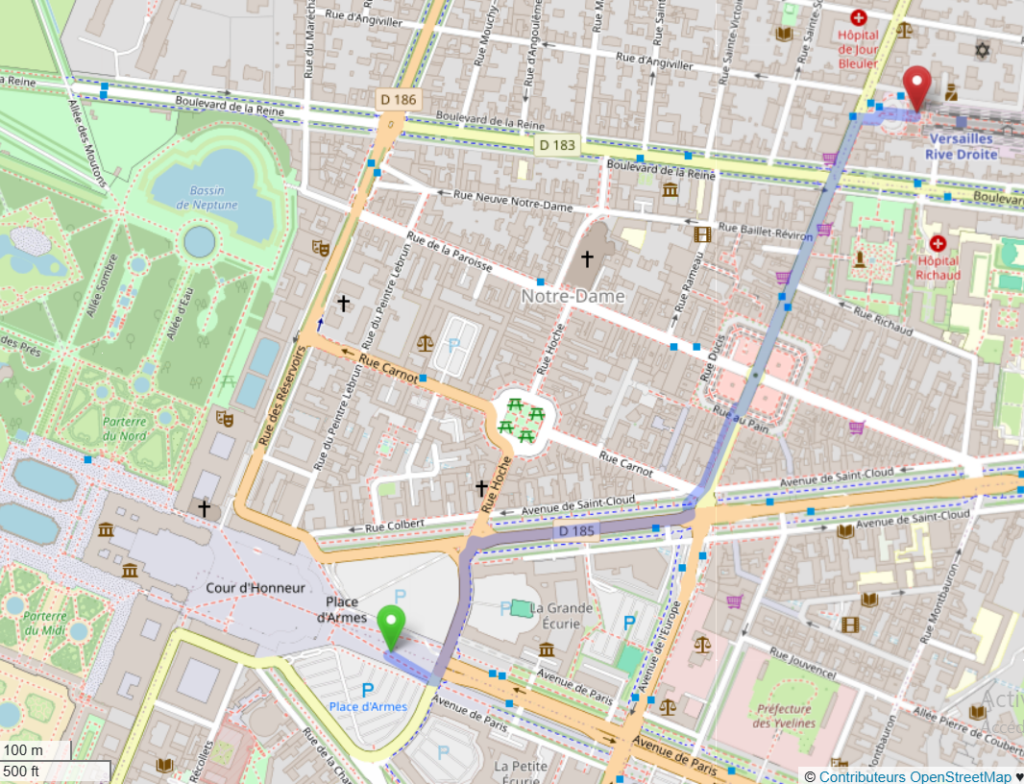
🔴 Versailles Chantiers Station
This is the largest station in Versailles, with trains to Paris and other destinations.
- Lines: RER C, Lines N and U
- Possible destinations: Paris Montparnasse, La Défense, and more
➡️ We do not recommend this station for tourists who are not comfortable with the Paris metro.
If you choose this station, be sure to ask at the information desk which train to take and from which platform before validating your ticket, to avoid mistakes.
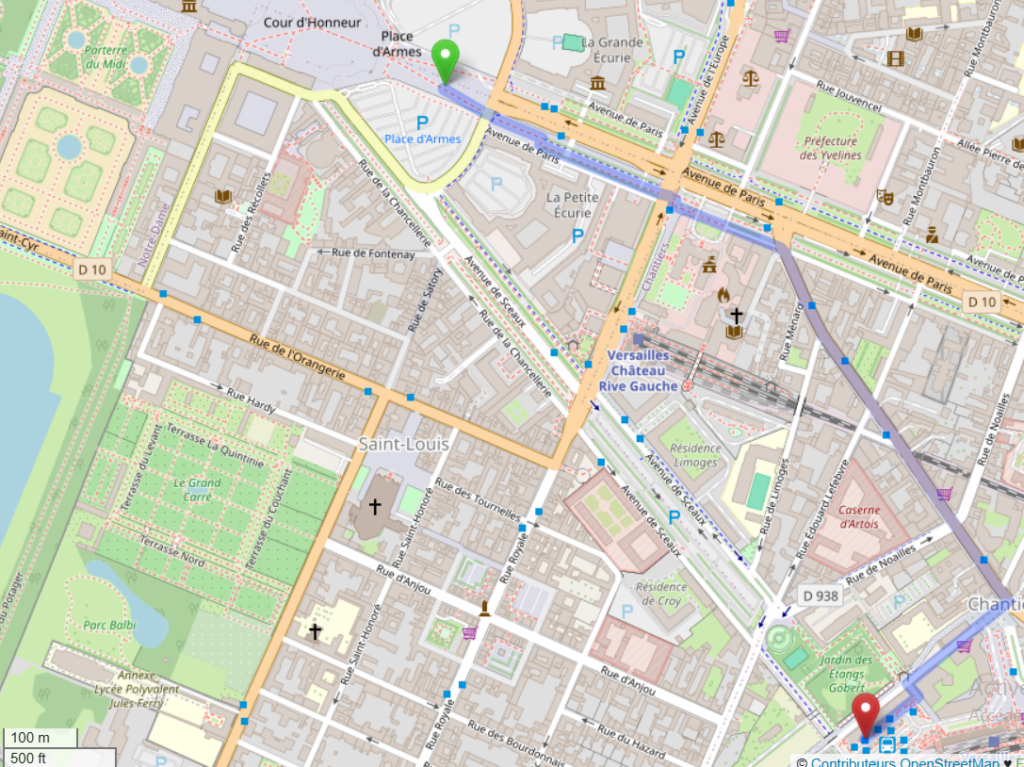
🎫 What ticket should you use to return to Paris?
To take the train from Versailles to Paris, you can use a standard transport ticket — the same one used for the Paris metro.
This is called a Ticket Île-de-France (formerly known as Ticket t+), and it costs €2.50. You can buy it at metro stations, train stations, or via an app like Bonjour RATP.
⚠️ Important: paper tickets are gradually being phased out. You now need a Navigo Easy or Navigo Liberté+ card to load the ticket in digital format.
- The Navigo Easy card costs €2 (it’s reusable and valid for several years)
- It can be purchased at a machine or ticket desk in any station
👉 We strongly recommend buying your ticket in advance, for example in Paris before your visit to the palace, as there are often long queues at the ticket machines in Versailles Château Rive Gauche station.
How to find the right route from Versailles to Paris
Once you’ve chosen your departure station, it’s a good idea to check train times and directions to your destination in Paris. Two apps are especially useful: Citymapper and Google Maps.
✅ Citymapper: made for public transport
Citymapper is an app designed specifically for city transport. It’s very popular among travelers because it shows simple, clear, and customized routes.
Pros:
- Focused on public transport
- Clear, well-organized routes
- Shows platform numbers, walking times, transfers, etc.
- Available in English and French
Note:
You’ll need to download the app to access all features, but it’s free.
✅ Google Maps: practical and universal
Google Maps is the most widely used app by international travelers. It also supports transit planning, even though that’s not its primary focus.
Pros:
- Very easy to use
- Built-in GPS for real-time navigation
- Works in your browser without downloading anything
Limitation:
Google Maps can sometimes show too many transit options, which may feel overwhelming if you’re unsure which one to pick.
🔄 Our tip: choose the app that suits you best
If you’re not familiar with public transport in Paris, both apps are helpful.
You can:
- Use Citymapper to find a clear and optimized route
- Or use Google Maps for its familiar layout and built-in GPS
👉 Want to better understand how trip results work and the difference between metro, RER, and train?
Check out our dedicated article:
How to Read Public Transport Routes on Google Maps in Paris (Metro, RER, Bus, Tram)
